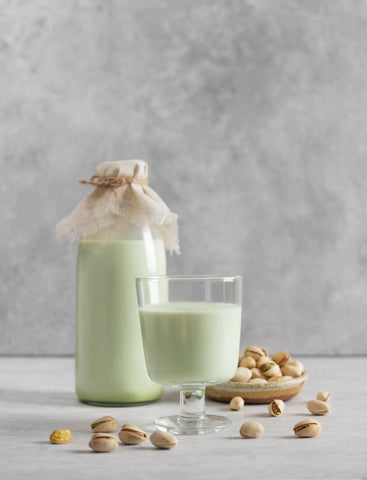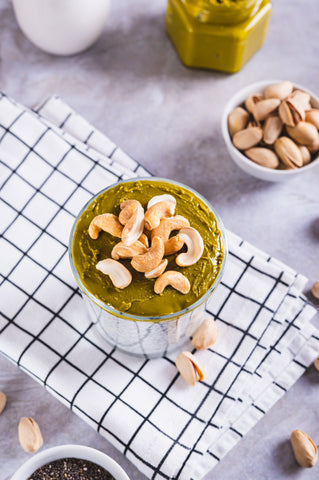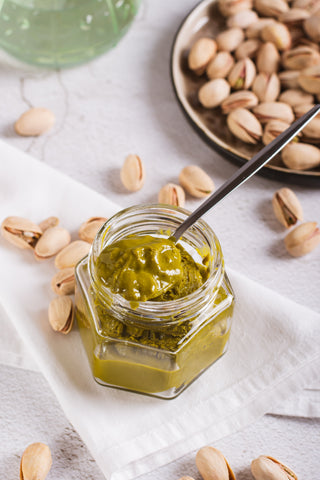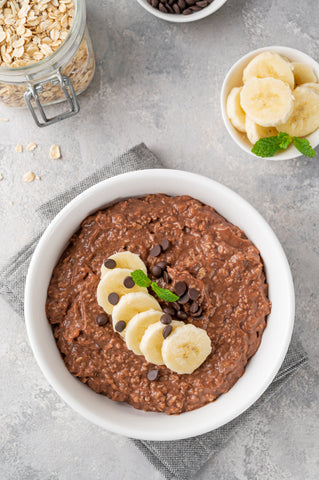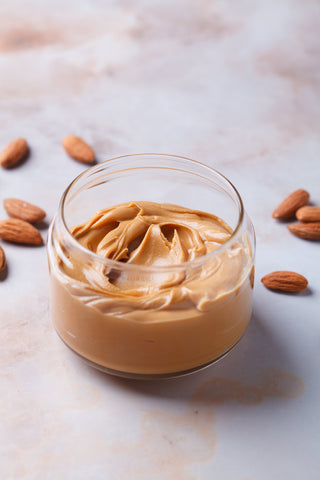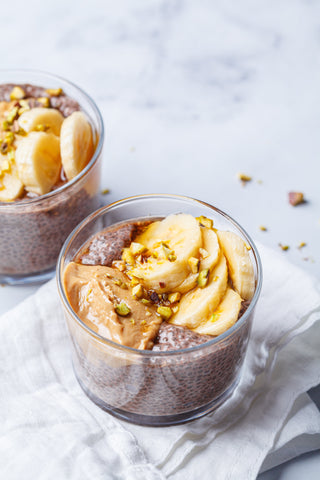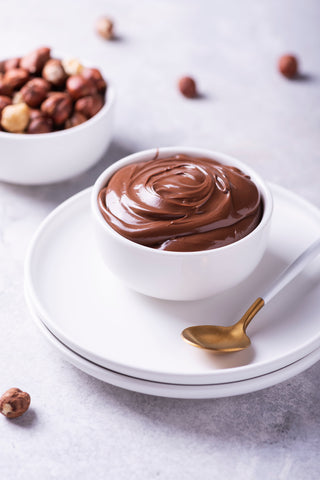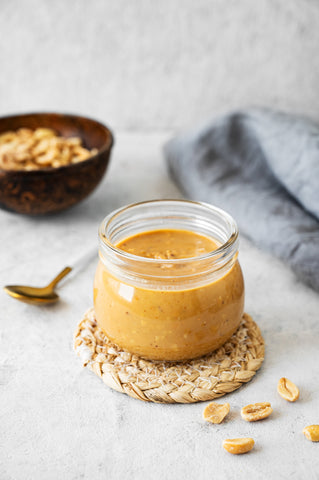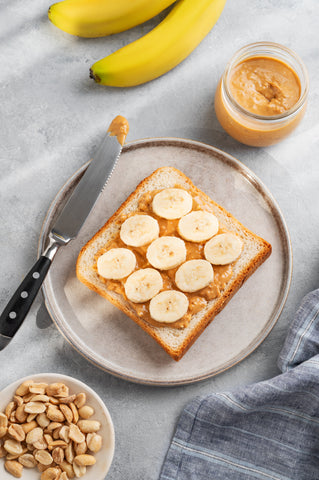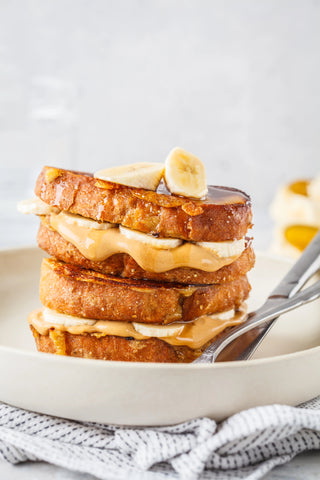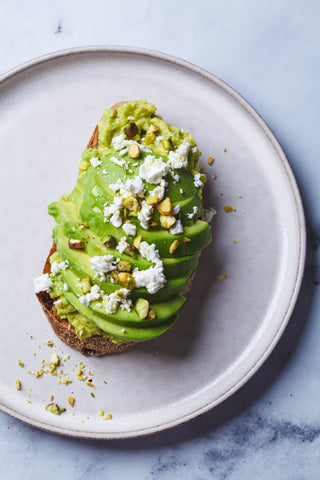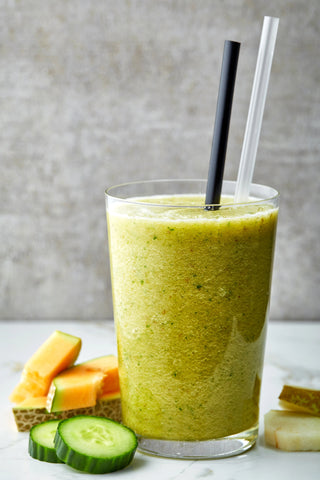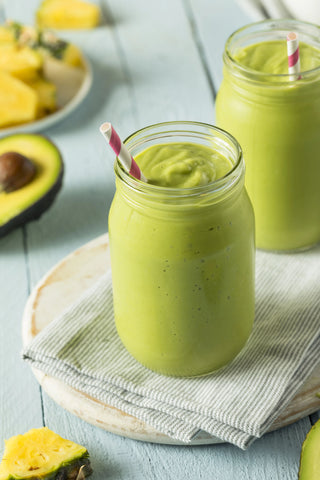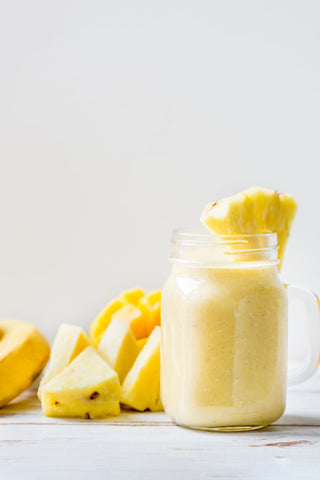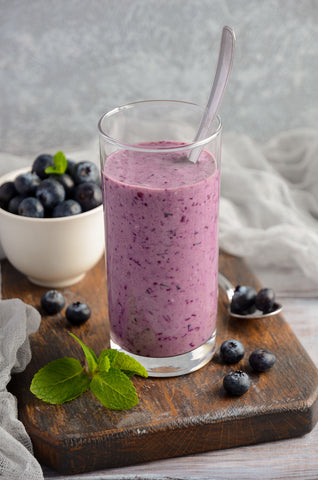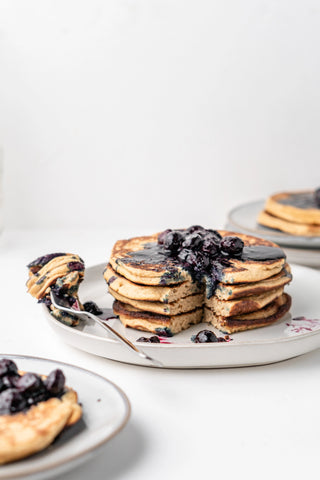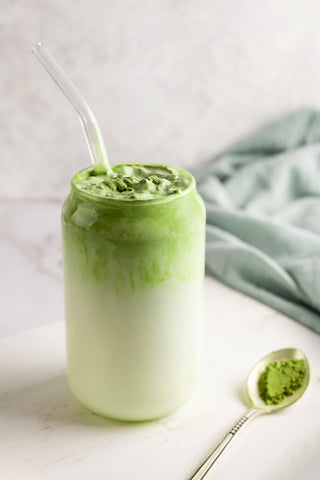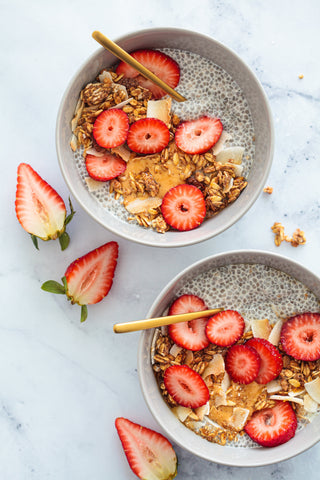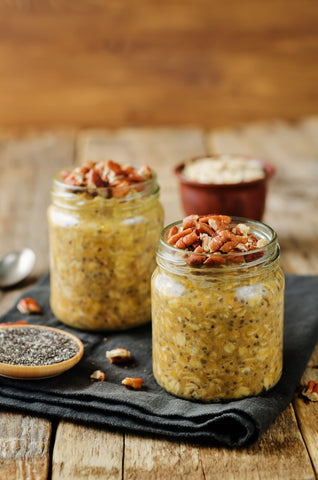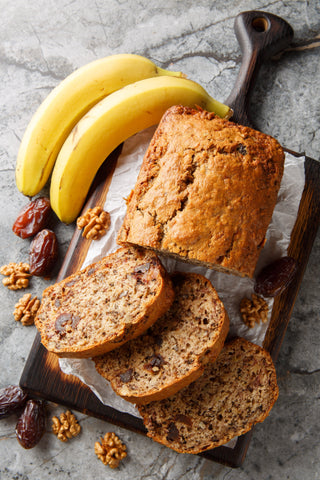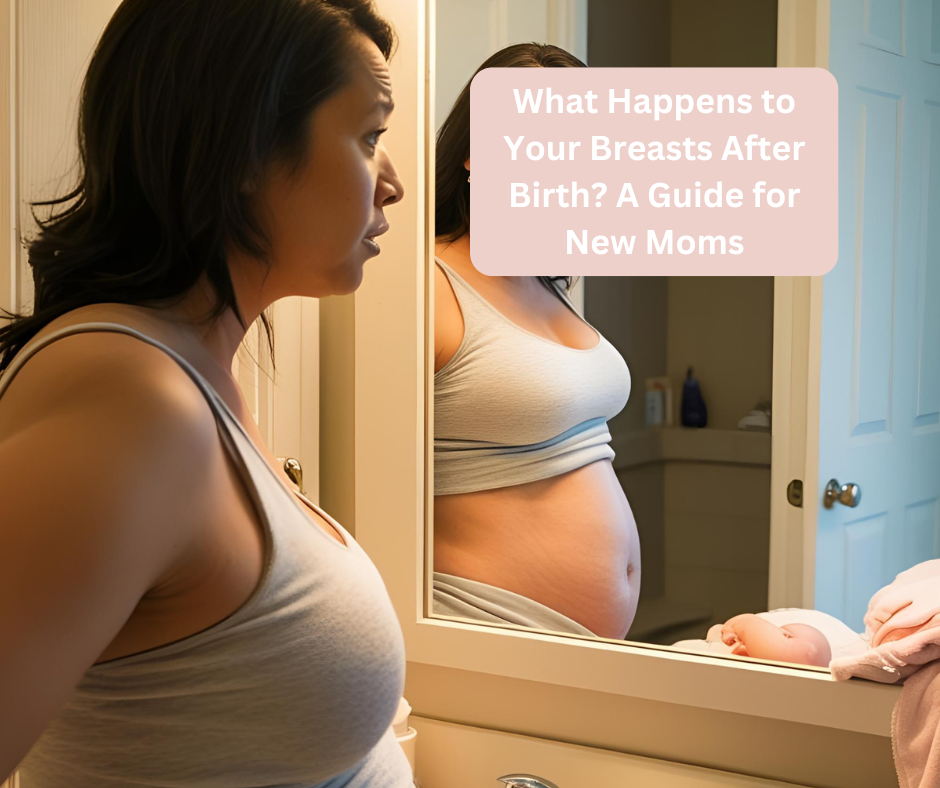
What Happens to Your Breasts After Birth? A Guide for New Moms
Share
Your body just did something incredible—growing and bringing a new life into the world. But now that your little one is here, you might be wondering, “What’s going on with my breasts?” 😳
From sudden fullness to tenderness (and even a few leaks!), your breasts go through a major transformation after birth.
This guide breaks down exactly what to expect in the days, weeks, and months postpartum—plus tips to keep your breasts comfortable, healthy, and supported along the way. 💕
1. The First Few Days: Colostrum & Engorgement 🍼
Right after birth, your body produces colostrum, a nutrient-packed, thick, golden milk that’s often called “liquid gold”🌟 It’s rich in antibodies and perfect for your baby’s tiny tummy.
But within 2-5 days postpartum, your mature milk starts coming in. That’s when you might notice:
- Fuller, heavier breasts
- Warmth & tenderness
- Possible leaking (hello, milk stains👕)
- Engorgement—your breasts may feel rock-hard and swollen.
How to relieve engorgement:
- Nurse frequently to help regulate milk flow.
- Apply warm compresses before feeding to encourage let-down
- Use cold compresses after nursing to reduce swelling❄️
- Hand express or pump a little if you’re overly full (but don’t overdo it—your body adjusts supply based on demand!).
2. The First Few Weeks: Adjusting to a New Normal 👶
As your body figures out your baby’s feeding needs, your breasts will go through some trial and error. These are some common changes:
- Your milk supply regulates: Your breasts feel less swollen but still full between feedings.
- Leaking happens: Especially from one side when your baby is nursing on the other. (Breast pads are lifesavers!)
- Sore or sensitive nipples: especially if your baby is still learning to latch.
Tips for comfort:
- Wear a supportive nursing bra to prevent discomfort and leaks.
- Apply nipple cream or coconut oil 🥥 to soothe soreness.
- Let your nipples air-dry after feeding to prevent irritation. 🌬️
- Switch up nursing positions to avoid putting too much pressure on one area.
By the end of the first month, your breasts should start feeling more “normal”—less unpredictable and more in sync with your baby’s needs! 🌸
3. The Months Ahead: Softening, Sagging & Sensitivity
Around 6-12 weeks postpartum, your breasts may feel less firm or "deflated" after feedings. This is totally normal! Your body has figured out the perfect balance of milk production. Other changes you might notice:
- Your breasts feel softer even when full.
- Some sagging—due to stretched skin and hormonal shifts.
- Less leaking (but it can still happen!).
How to care for your breasts long-term:
- Moisturize daily to keep skin elasticity.
- Wear a well-fitting, wire-free bra for proper support.
- Continue a nutrient-rich diet to support breast health. 🥦
4. After Weaning: What Happens Next? 💭
Once you stop breastfeeding, your breasts will gradually stop producing milk—but they won’t bounce back overnight! Here’s what to expect:
- Milk supply dries up over a few weeks or months.
- Some lumpiness or tenderness as your body reabsorbs leftover milk.
- Potential sagging—a natural part of postpartum changes.
To ease the transition:
- Gradually drop feedings one at a time to prevent engorgement.
- Wear a comfortable bra to support changing breast tissue.
- Stay hydrated & eat well to help your body adjust.
Embrace the Changes! 💕
Your breasts will go through many phases after birth—but every change is a testament to the incredible journey of nourishing and caring for your baby.
No matter what, you deserve to feel supported and comfortable! Investing in a high-quality maternity or nursing bra can make all the difference in postpartum recovery and long-term breast health. 💛
✨ Explore our ultra-soft, wire-free nursing bras for gentle support through every stage of motherhood. When you feel good, motherhood feels a little easier! 🌿
FAQs
Q: How long does breast engorgement last after birth, and when should I worry?
A: Breast engorgement usually peaks between 2–5 days postpartum and can last several days as your body adjusts to producing milk. It should ease once your baby is nursing regularly and your milk supply starts to regulate (usually by week 2). If your breasts remain hard, painful, or hot to the touch—especially with fever or chills—it could be a sign of mastitis.
Q: Is it normal for breasts to feel soft even when I have milk?
A: Yes, mama! As your body adjusts to your baby’s feeding patterns (usually by 6–12 weeks), your milk supply evens out. Your breasts may feel softer and less full, but they’re still producing plenty of milk. Soft breasts are a sign that your body has found its rhythm—it doesn’t mean your supply is low.
Q: What can I do about sore nipples while breastfeeding?
A: Sore nipples are very common in the early weeks—especially as your baby learns to latch. To ease the discomfort use nipple balm or coconut oil to moisturize; let your nipples air dry after feedings; try switching up nursing positions; and always check your baby’s latch—it should be deep and pain-free.
Q: Will my breasts sag permanently after breastfeeding?
A: Some breast sagging is completely normal after pregnancy and nursing—it's caused by stretched skin, hormonal changes, and natural aging. While every body is different, you can support breast tissue by wearing a supportive, wire-free maternity bra; keeping skin hydrated with daily moisturizing: and eating nutrient-rich foods for skin elasticity.
Q: How long does it take for milk to dry up after weaning?
A: Once you stop breastfeeding, your milk supply typically dries up gradually over several weeks. Sudden weaning can lead to discomfort or clogged ducts, so try to drop one feeding at a time. Expect some lumpiness or tenderness as your body reabsorbs leftover milk—it’s temporary. Keep wearing a supportive bra, stay hydrated, and give your body time to adjust.






